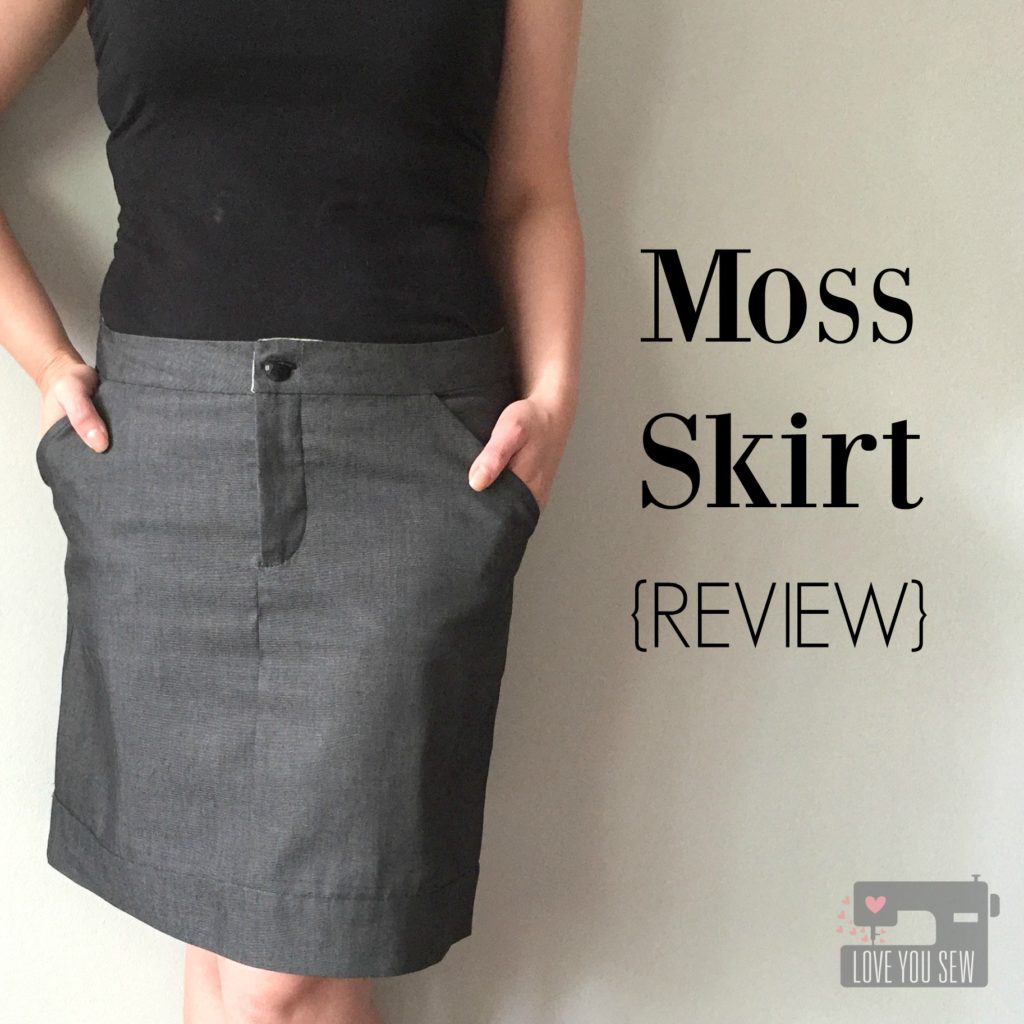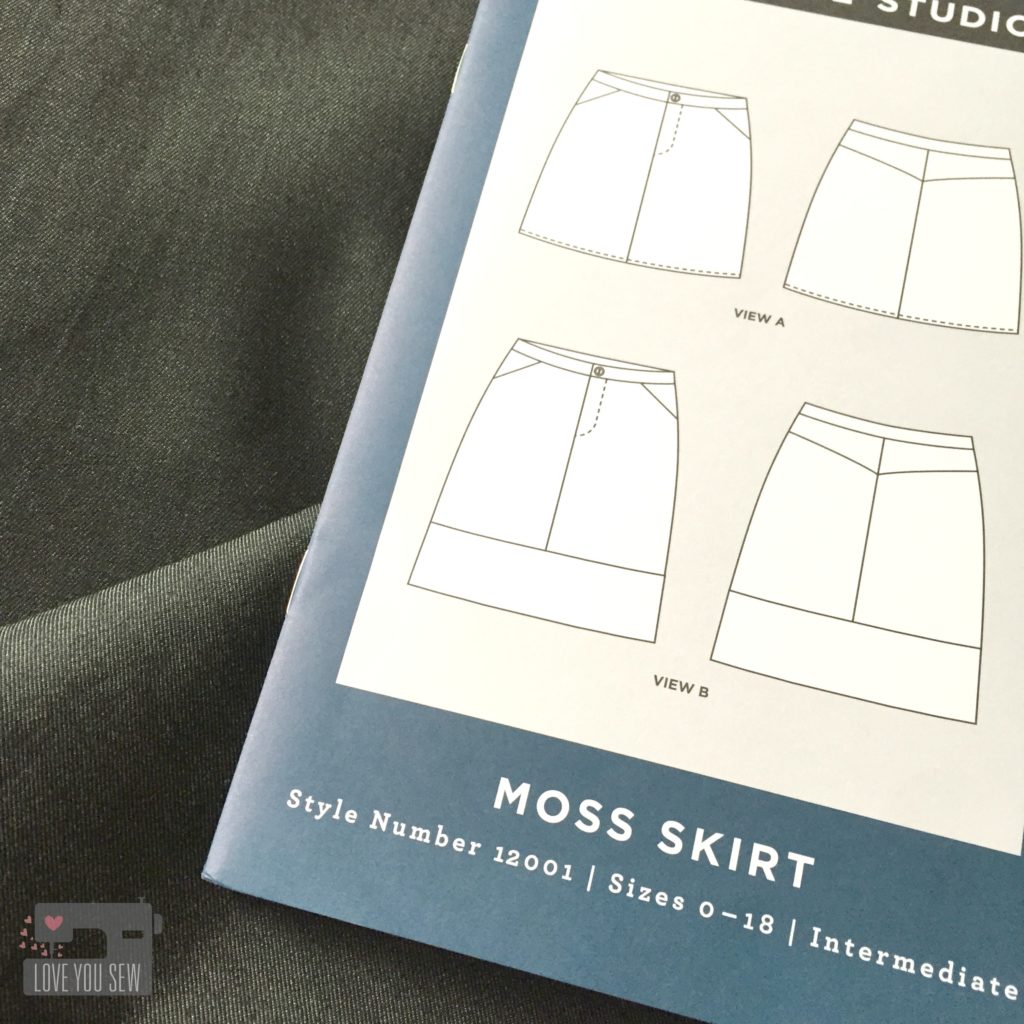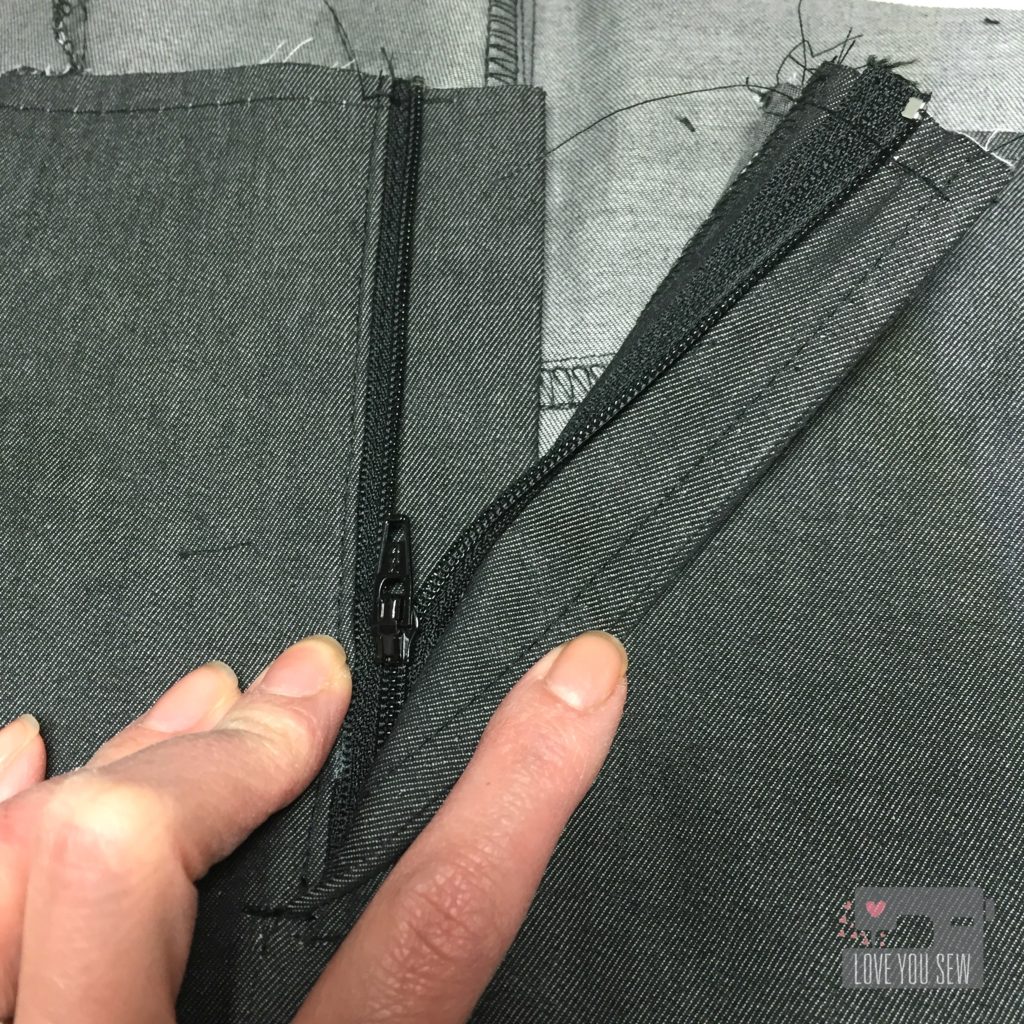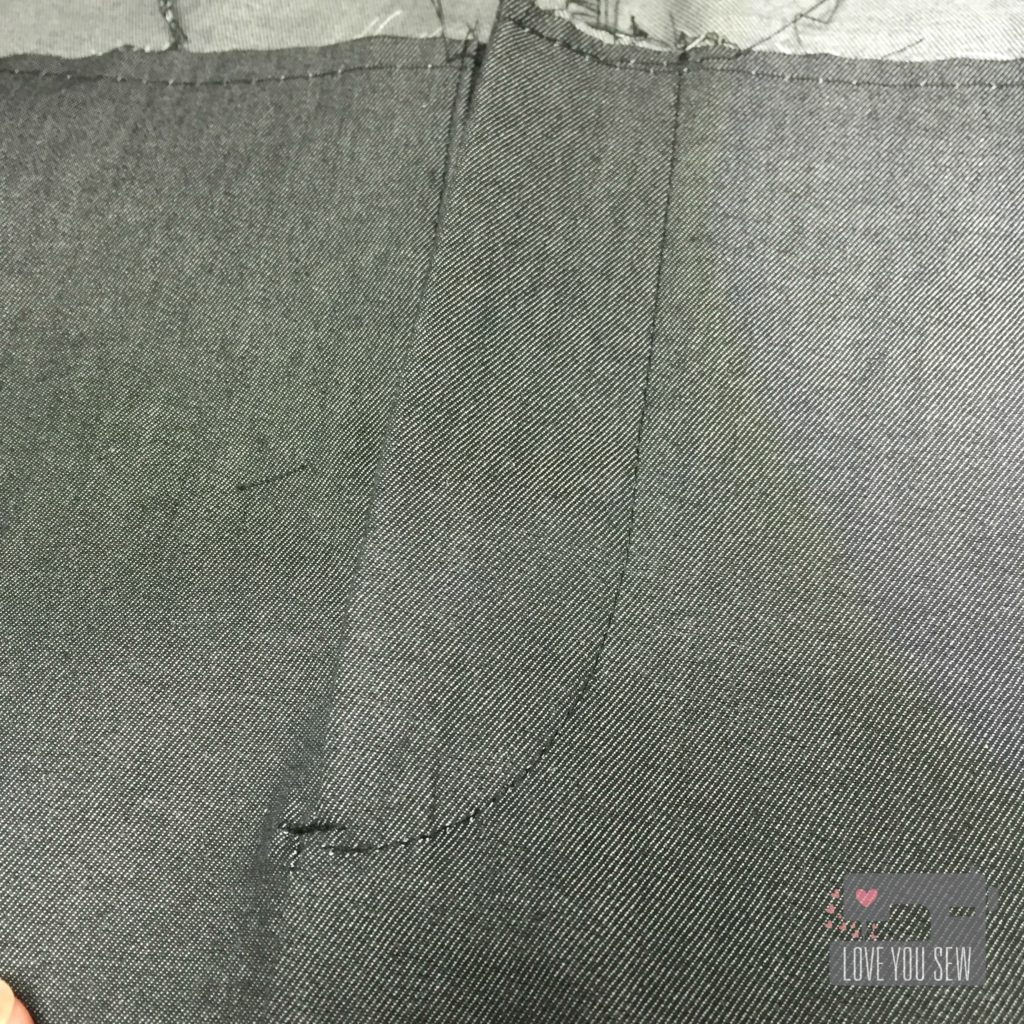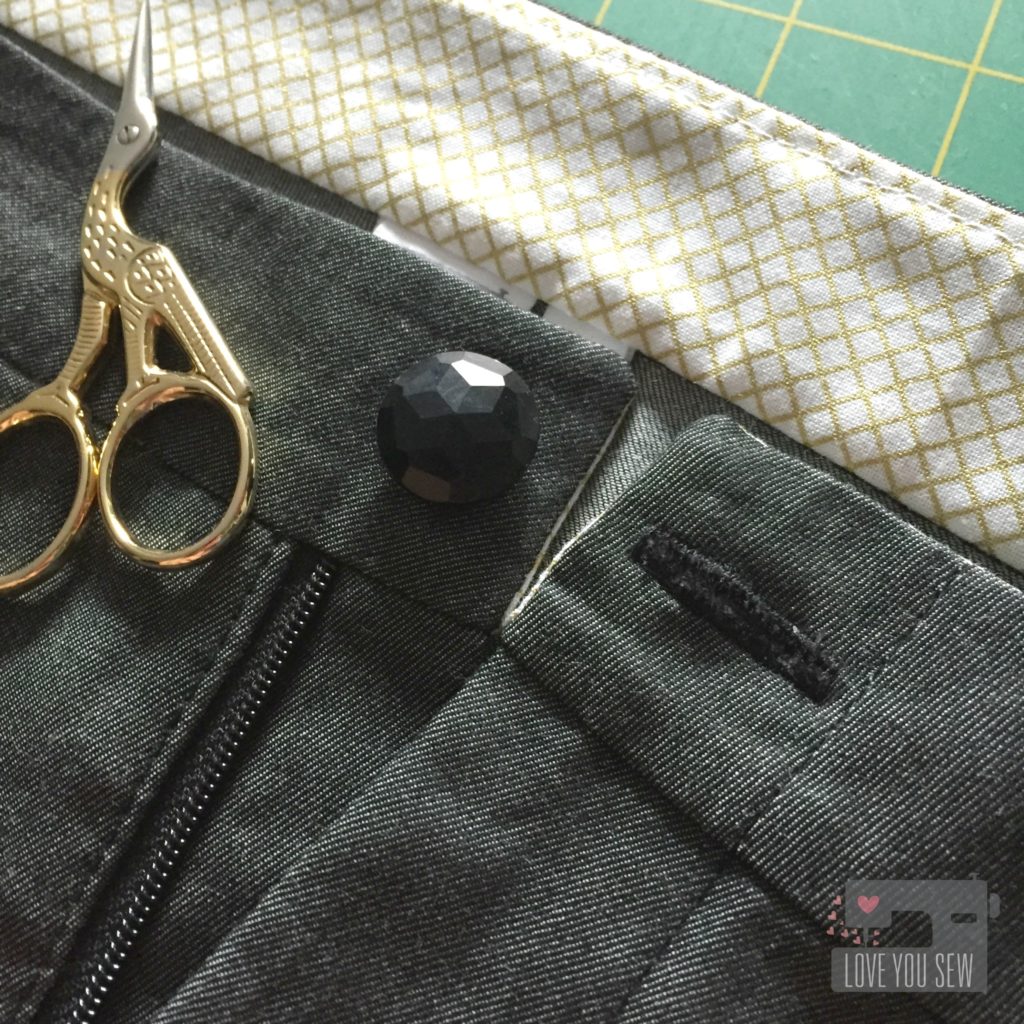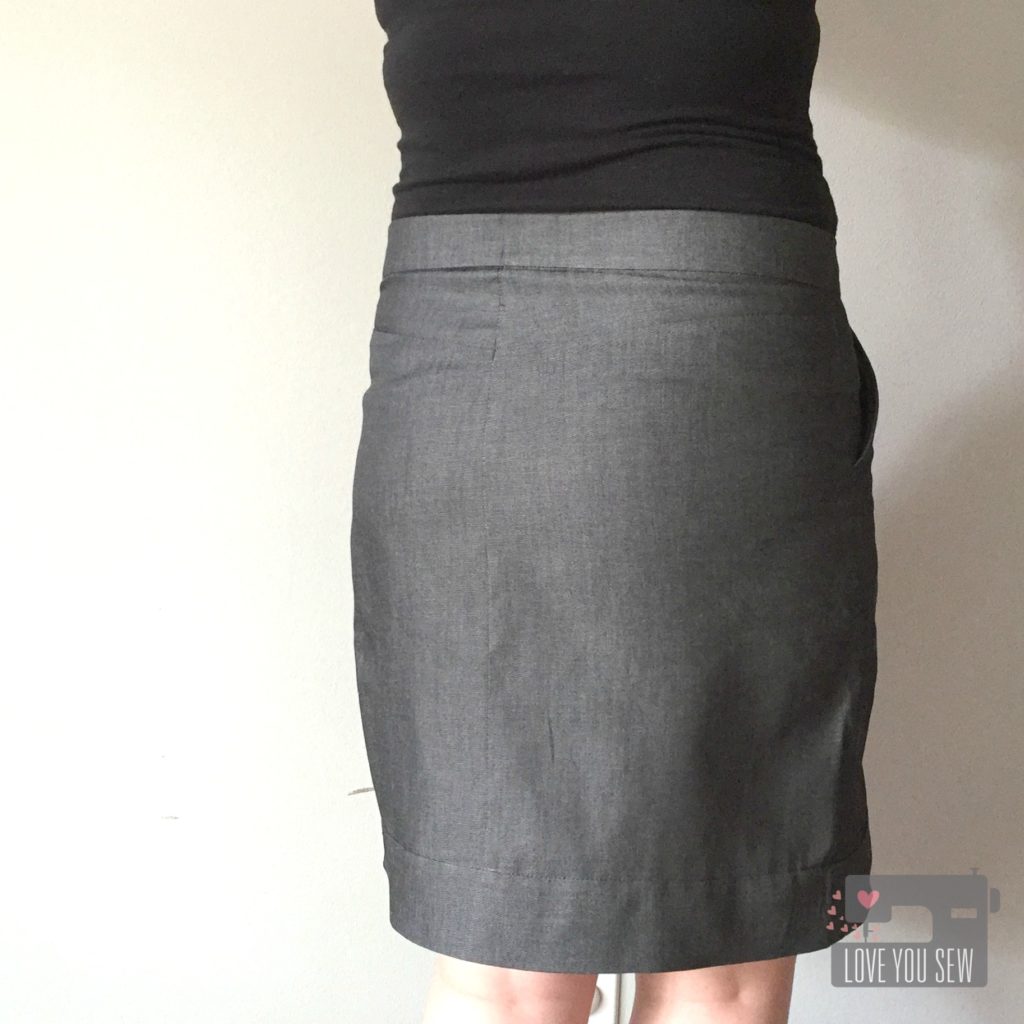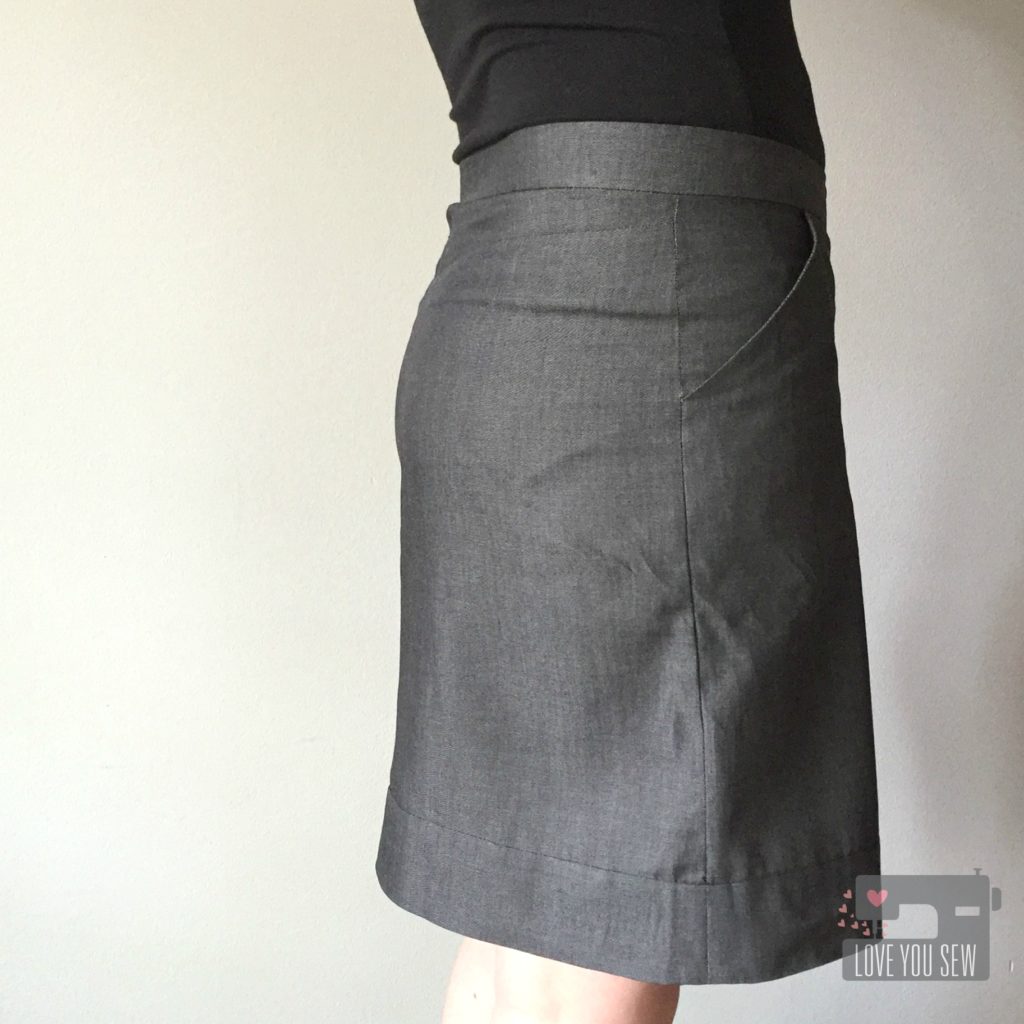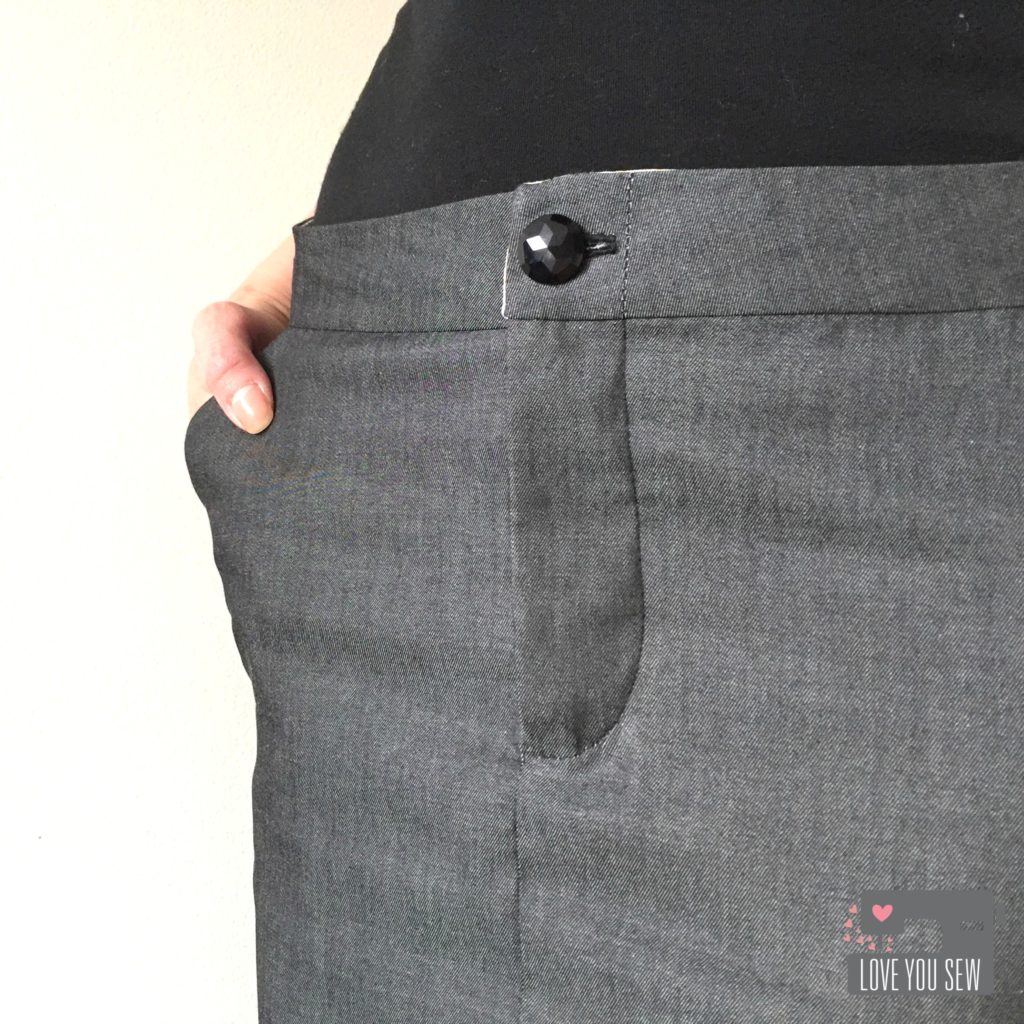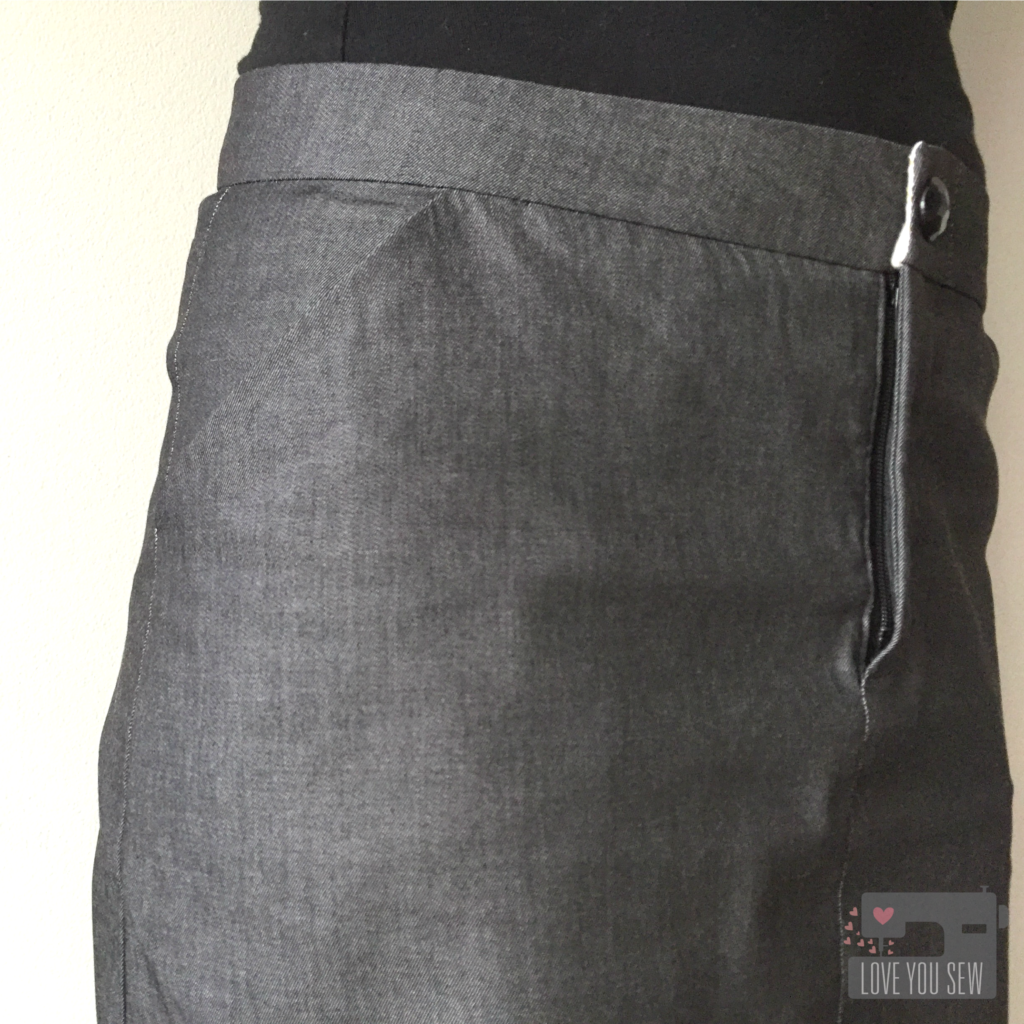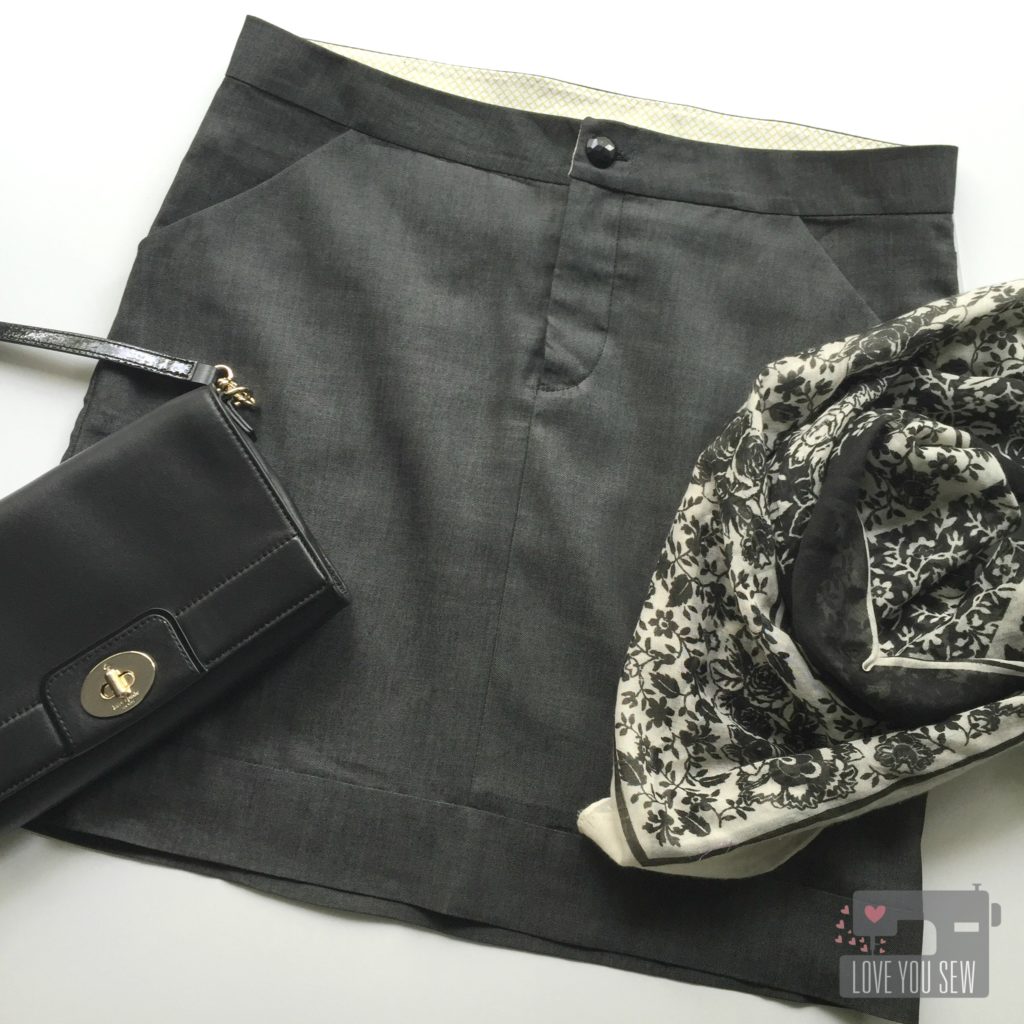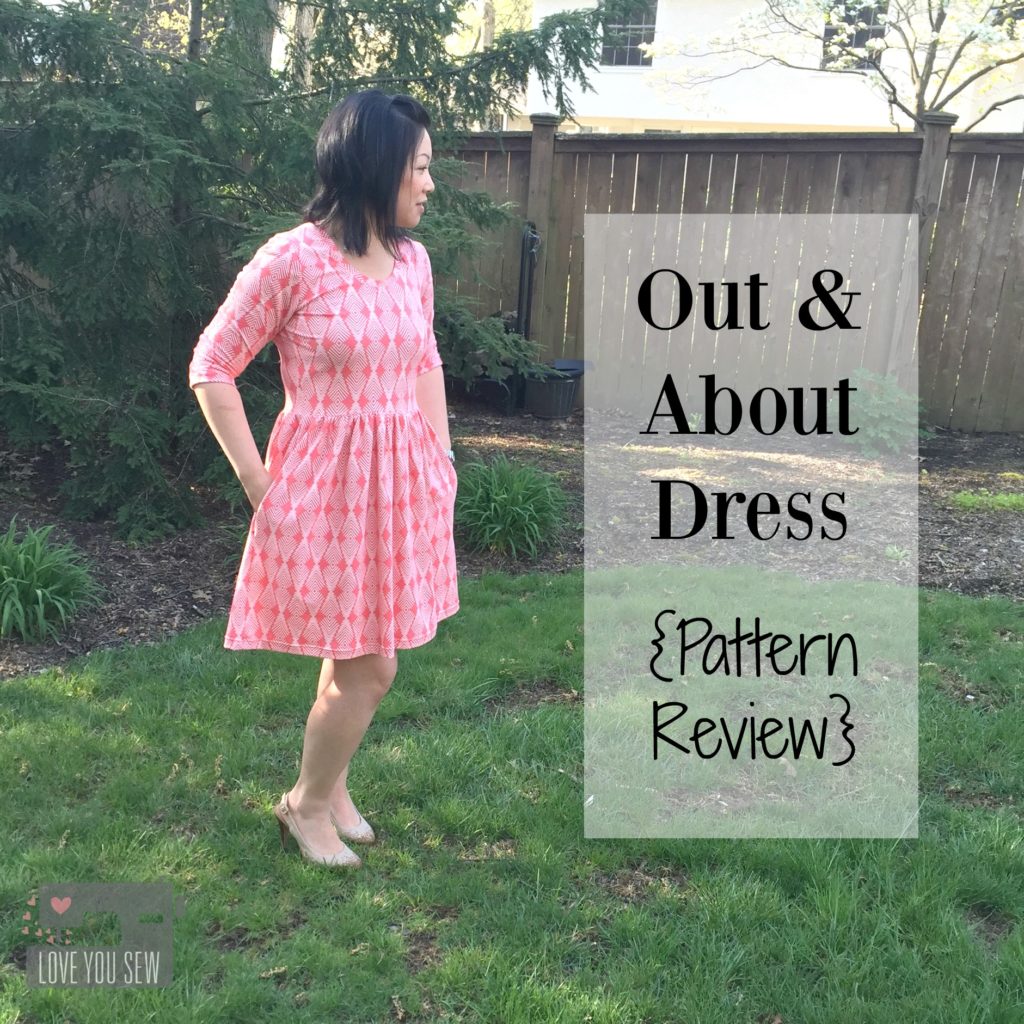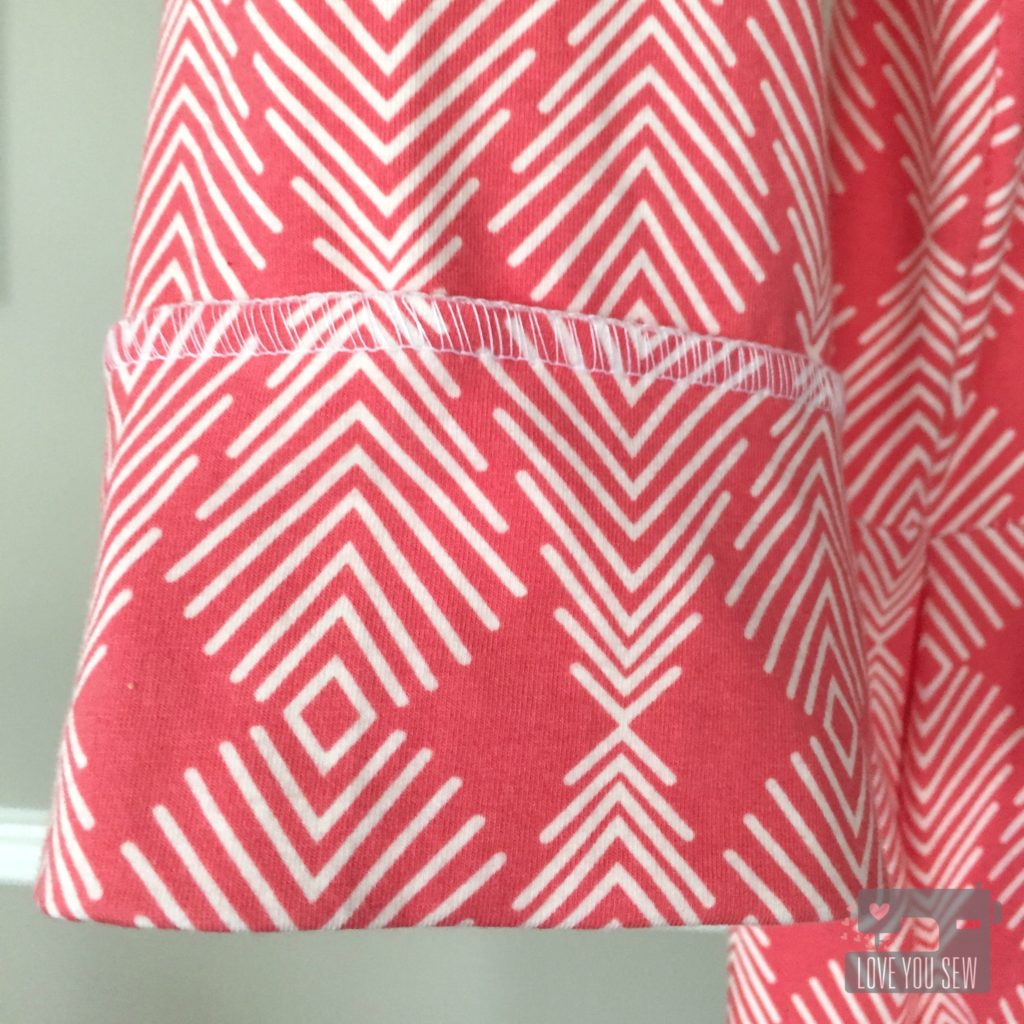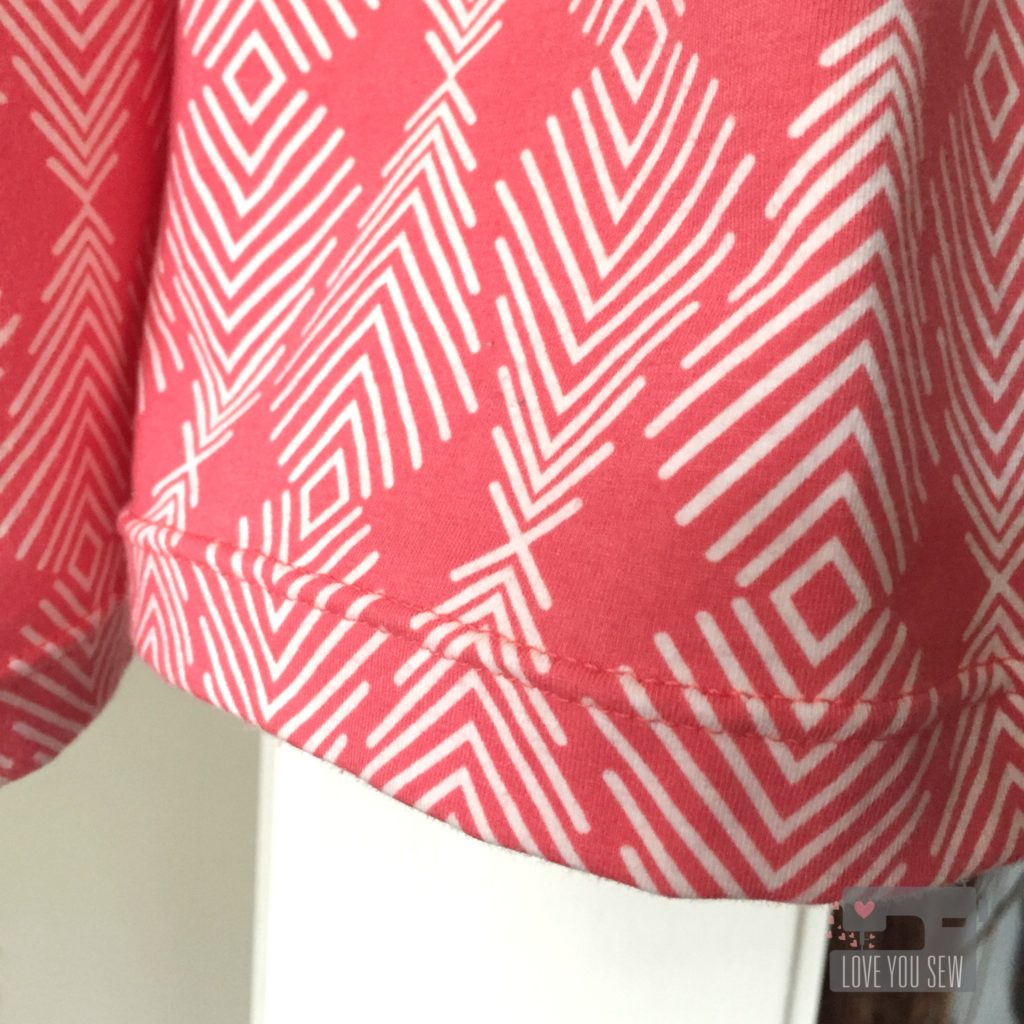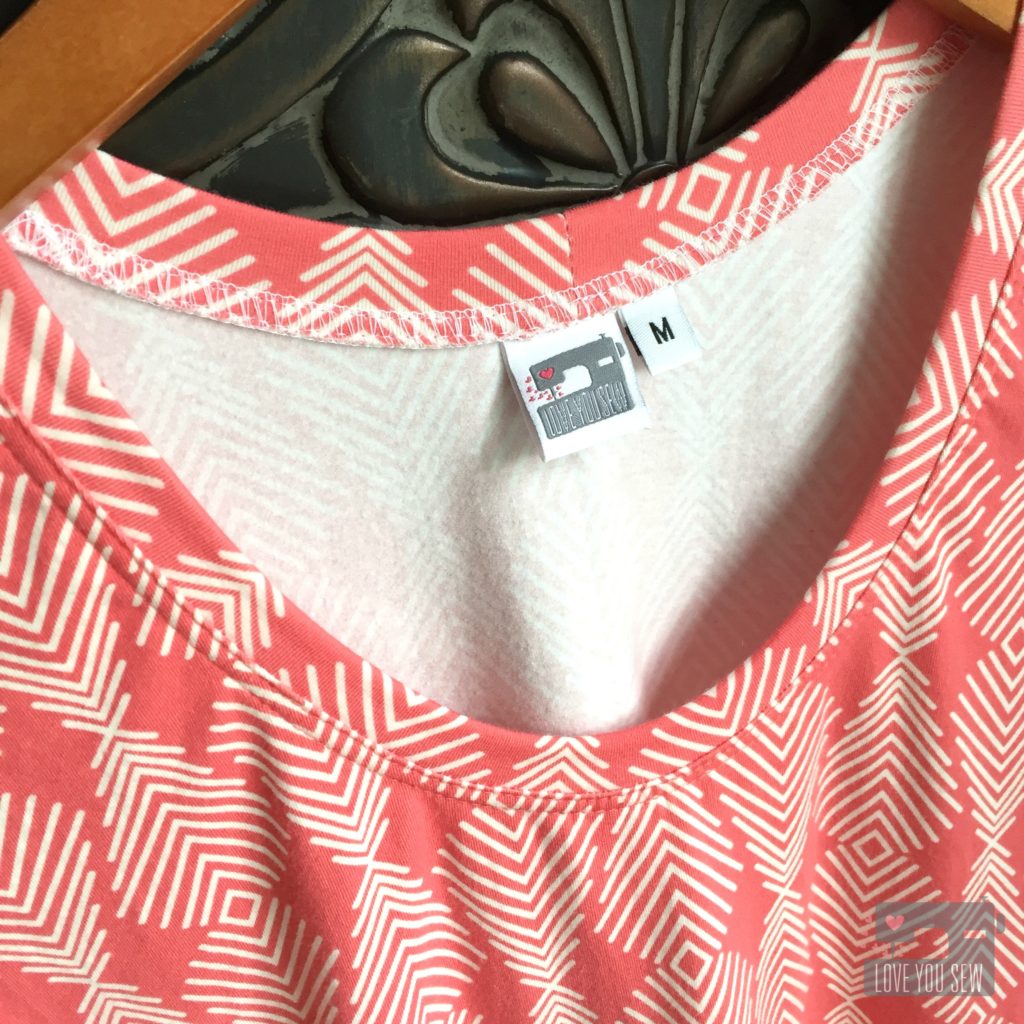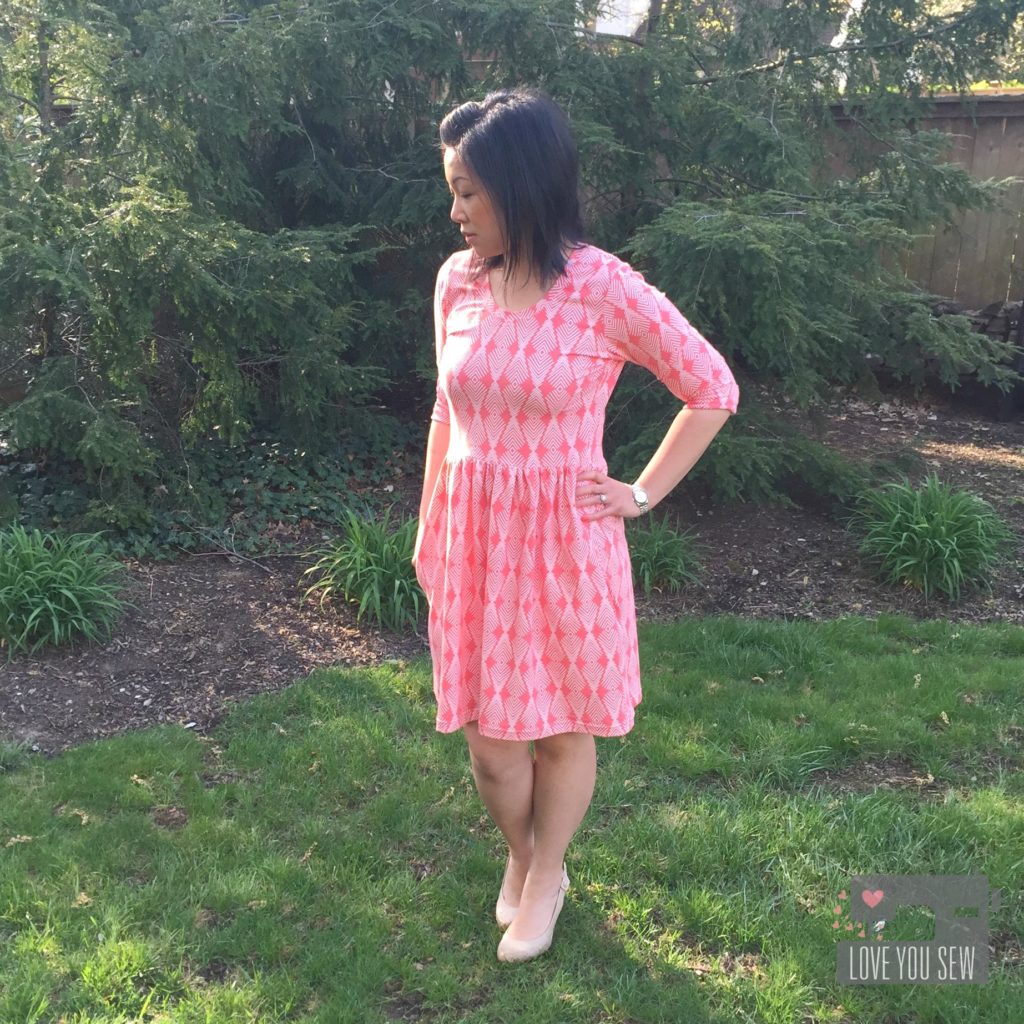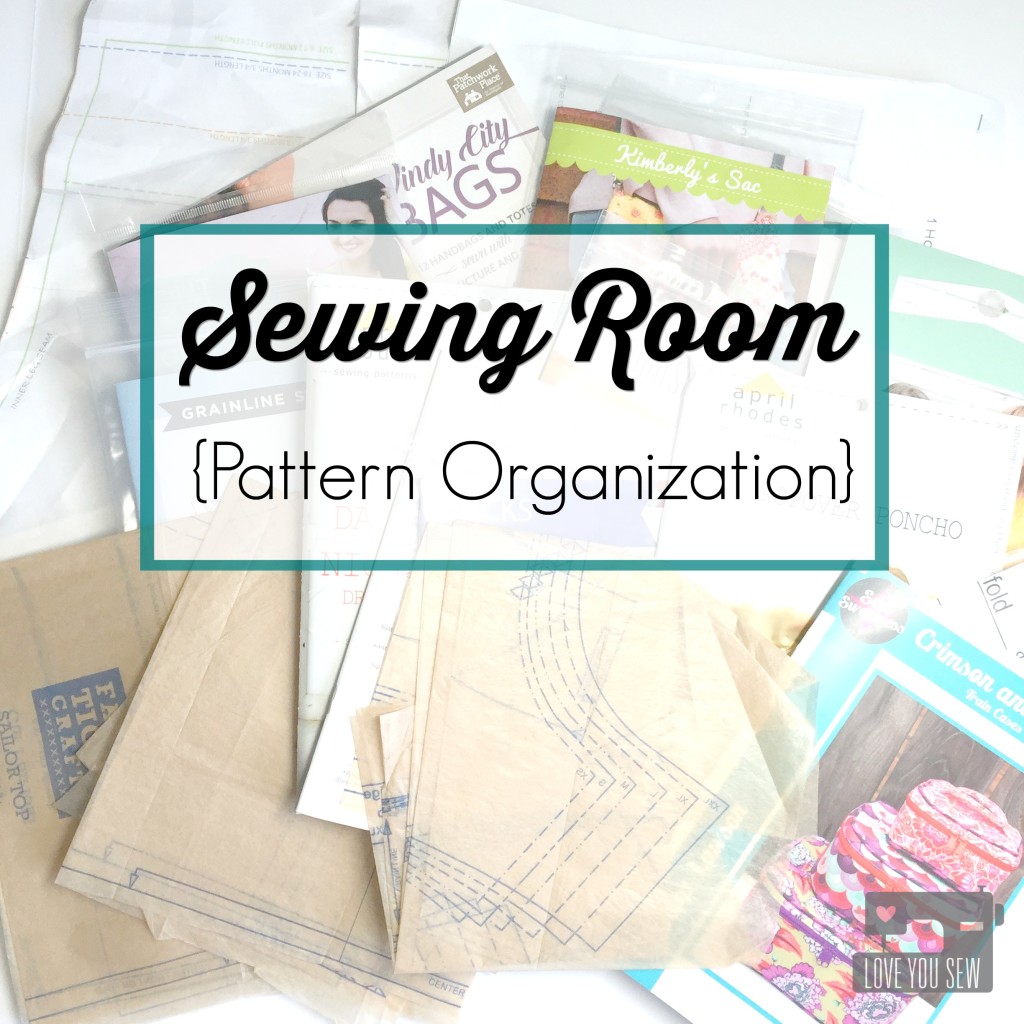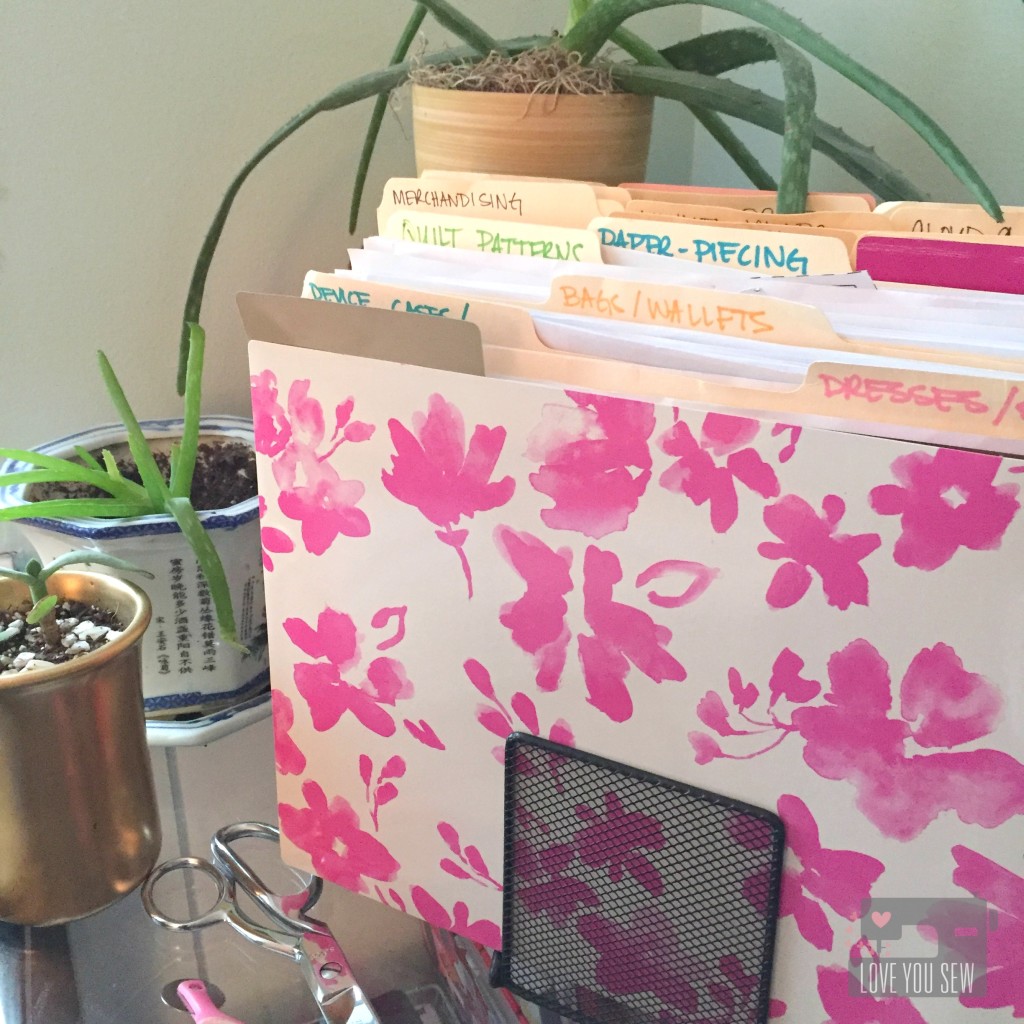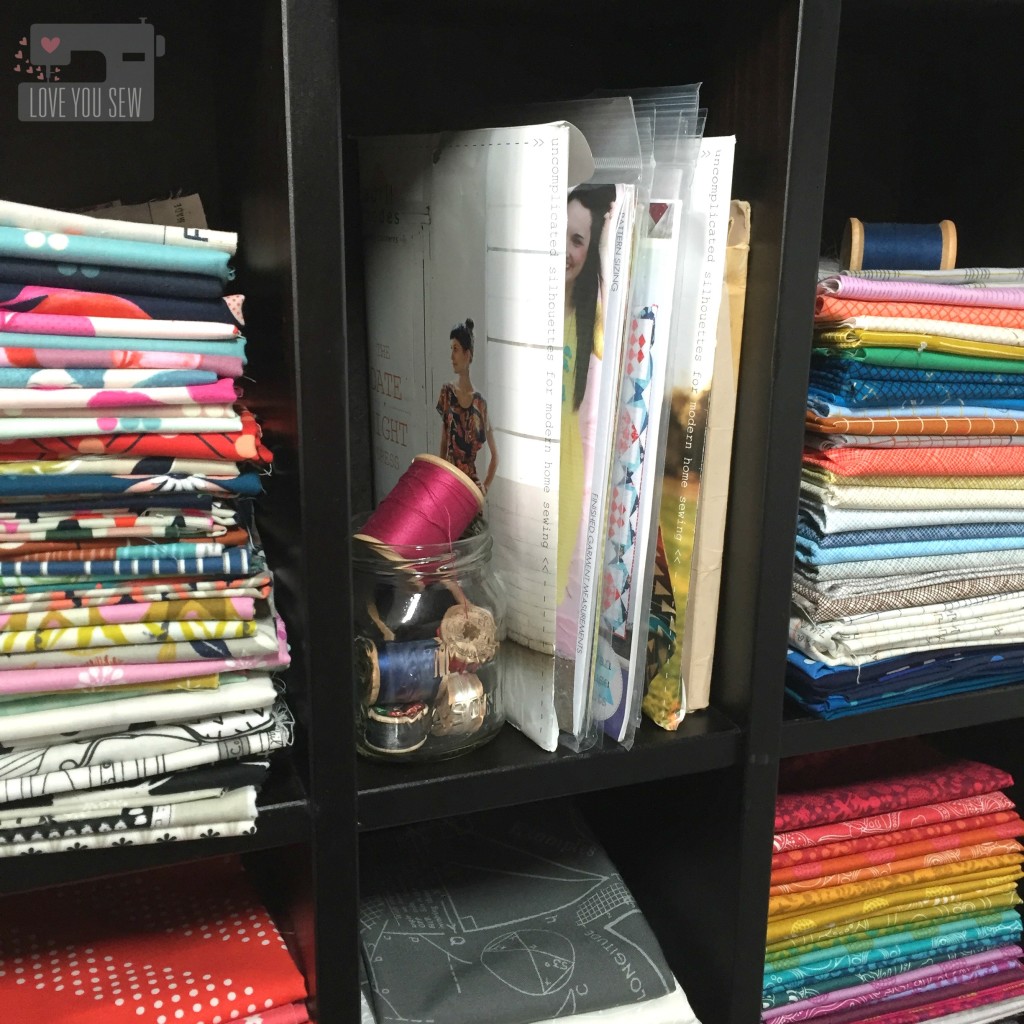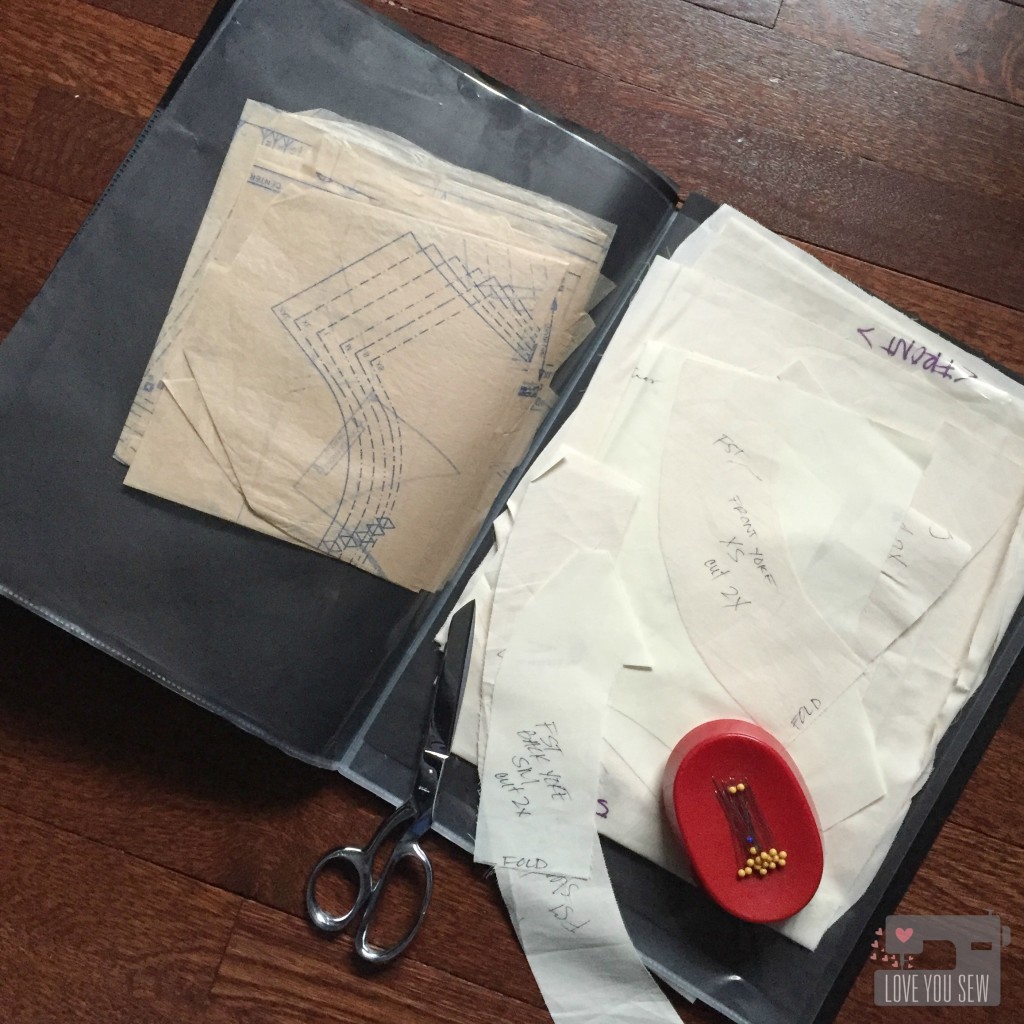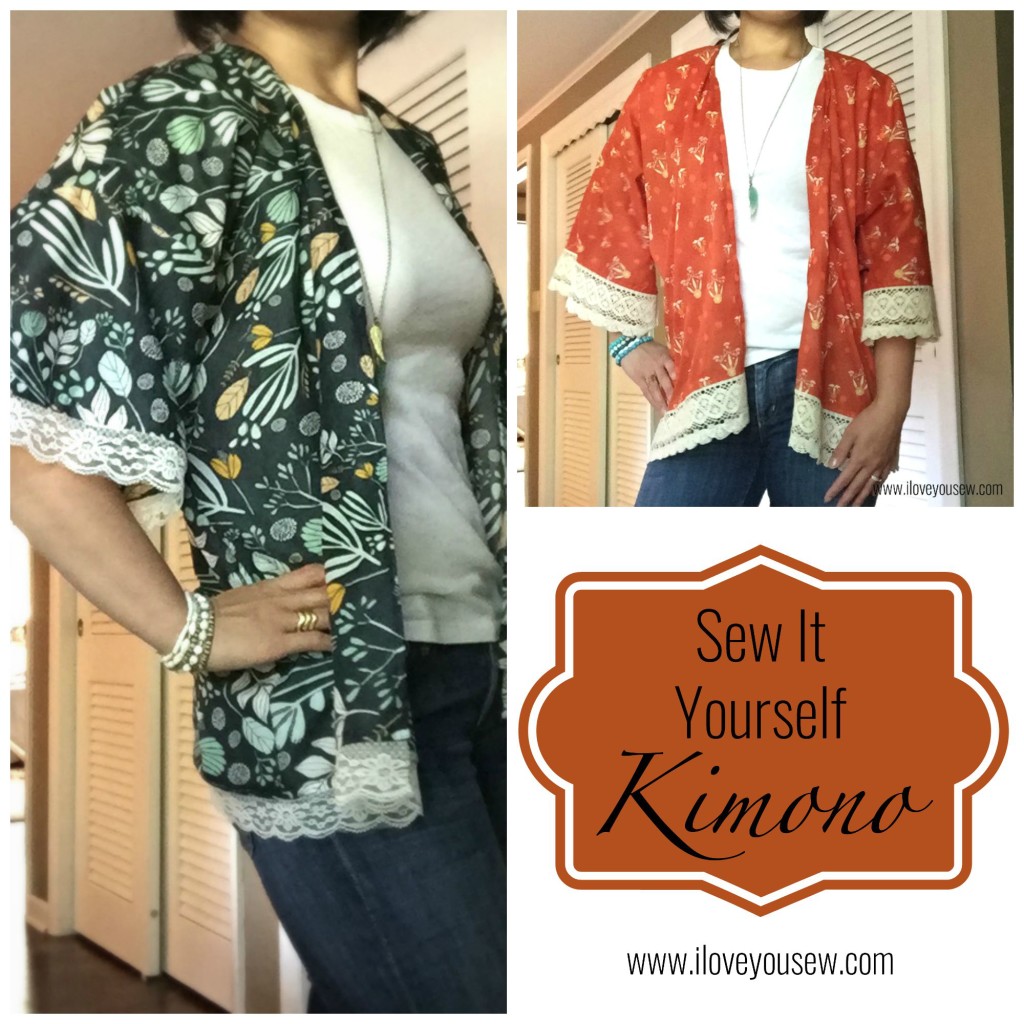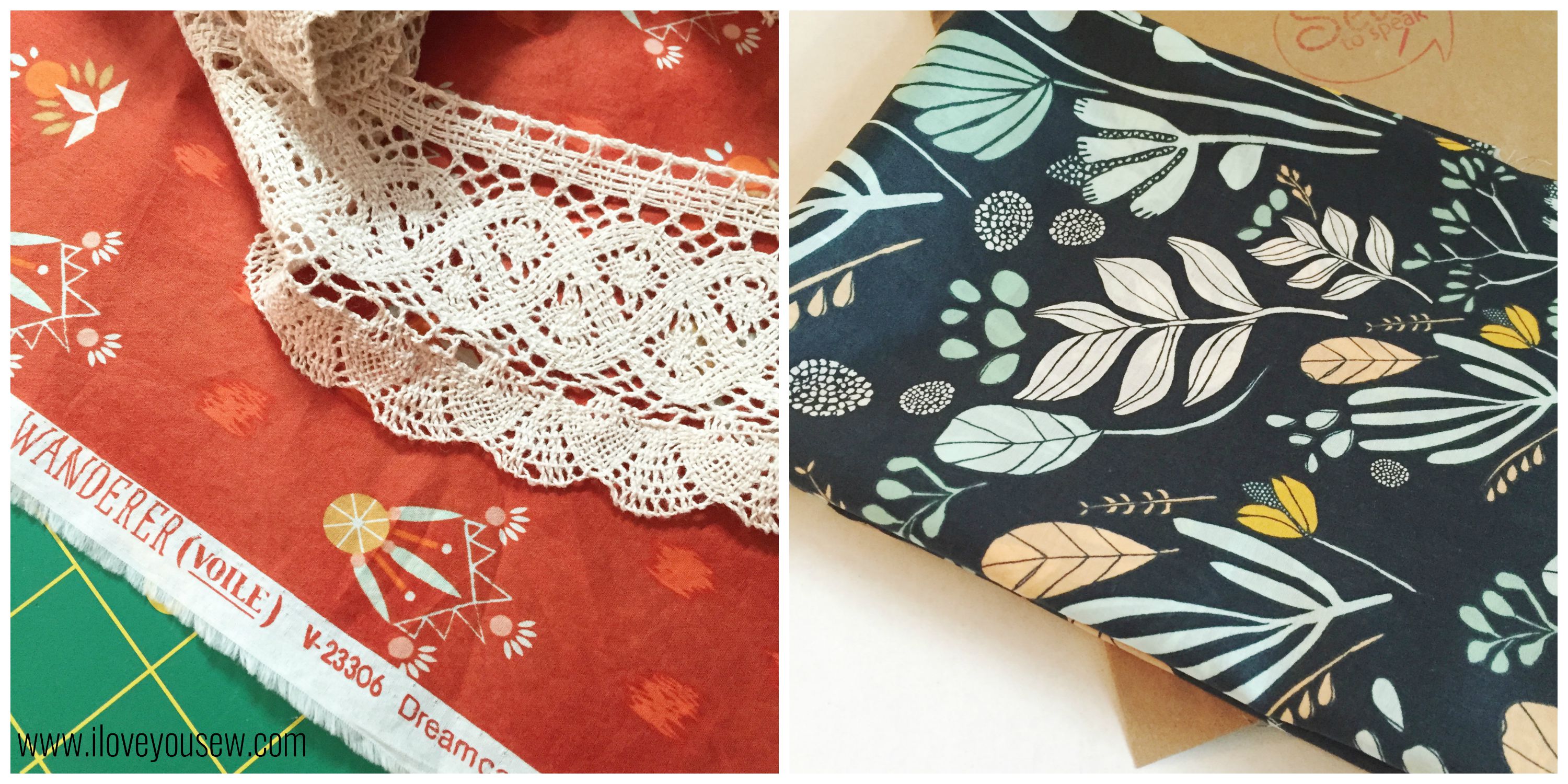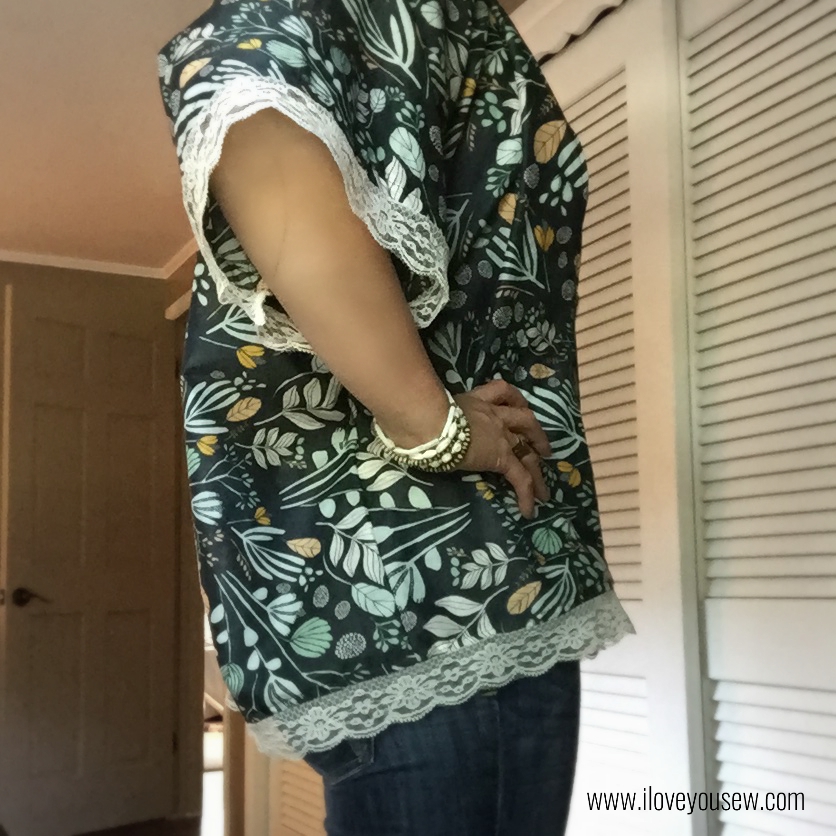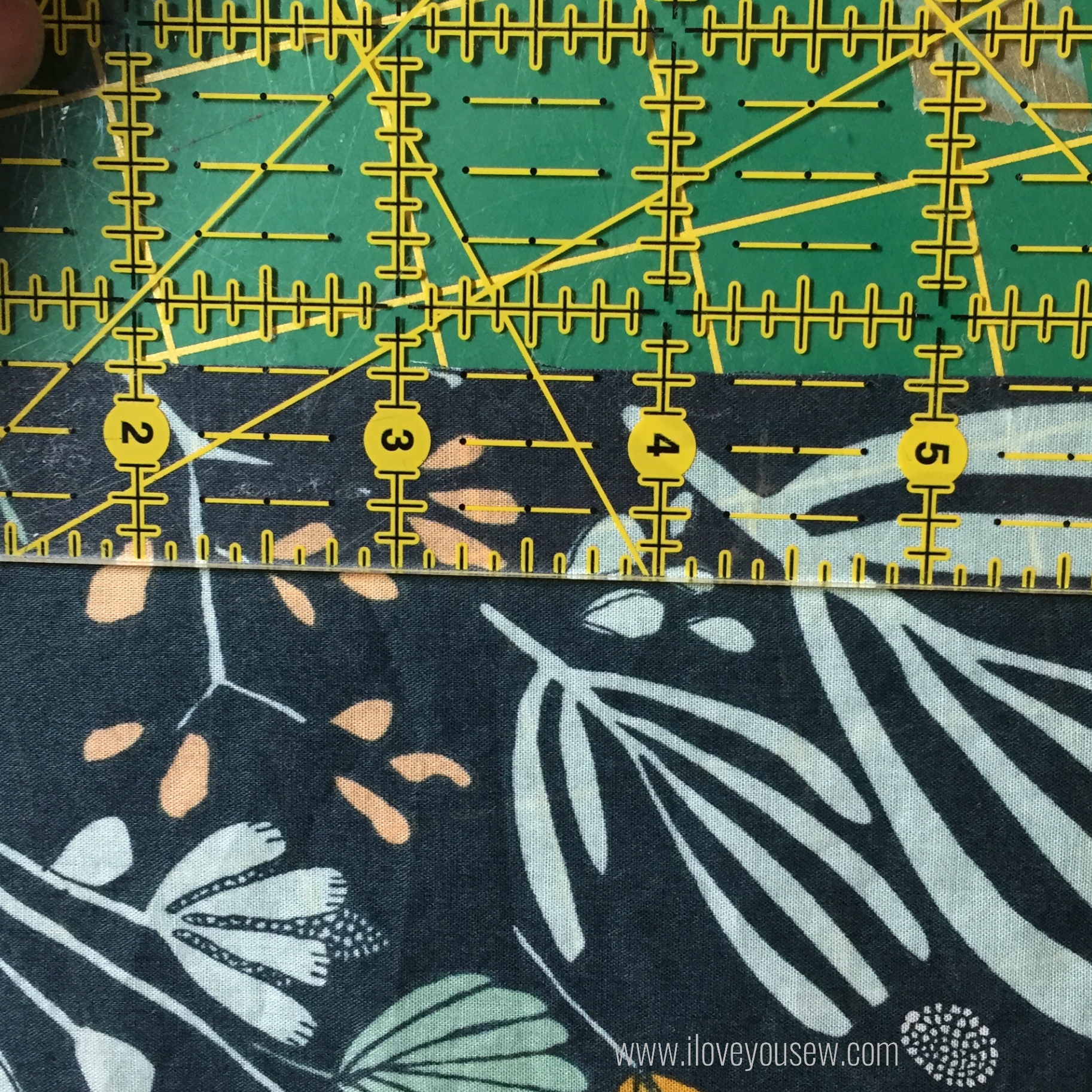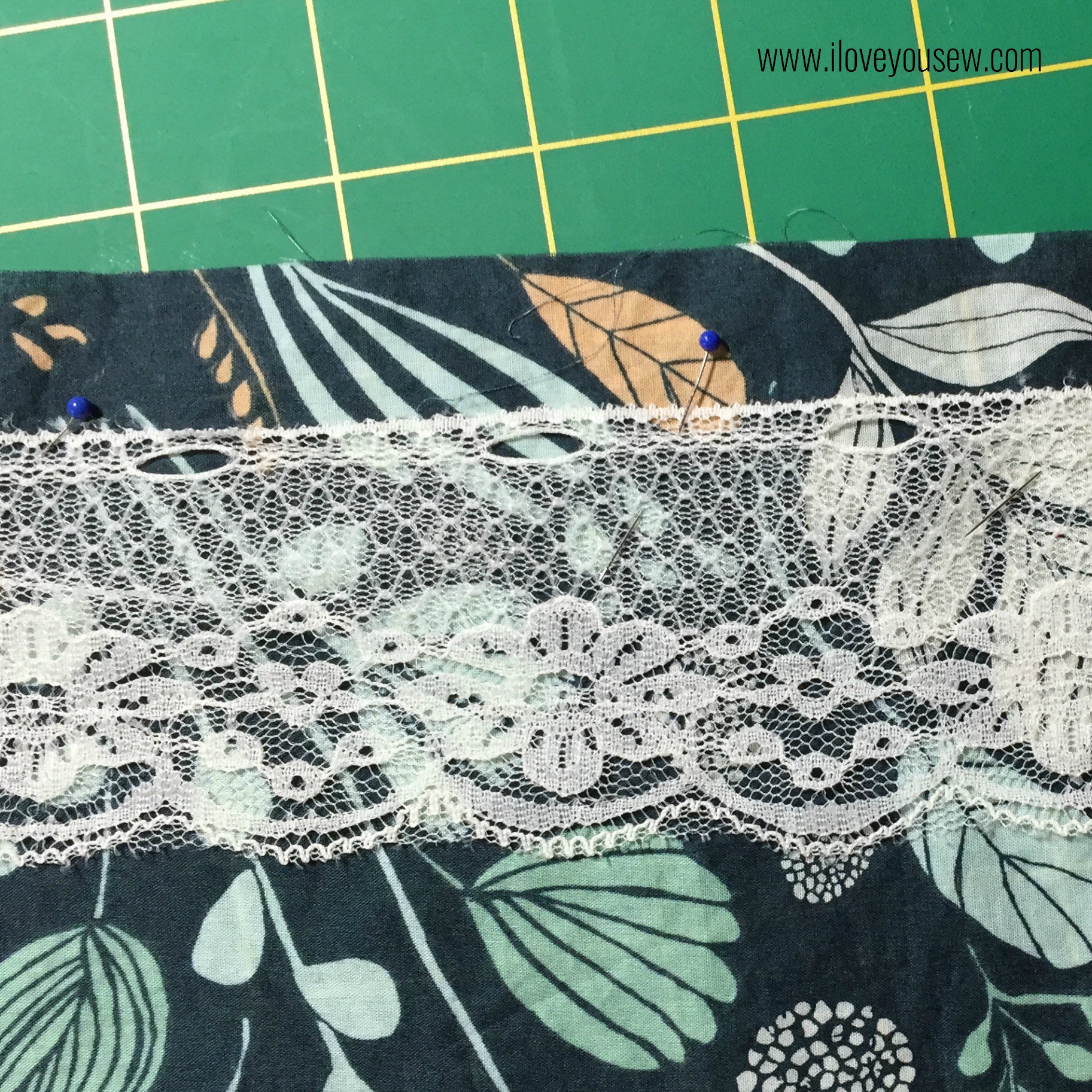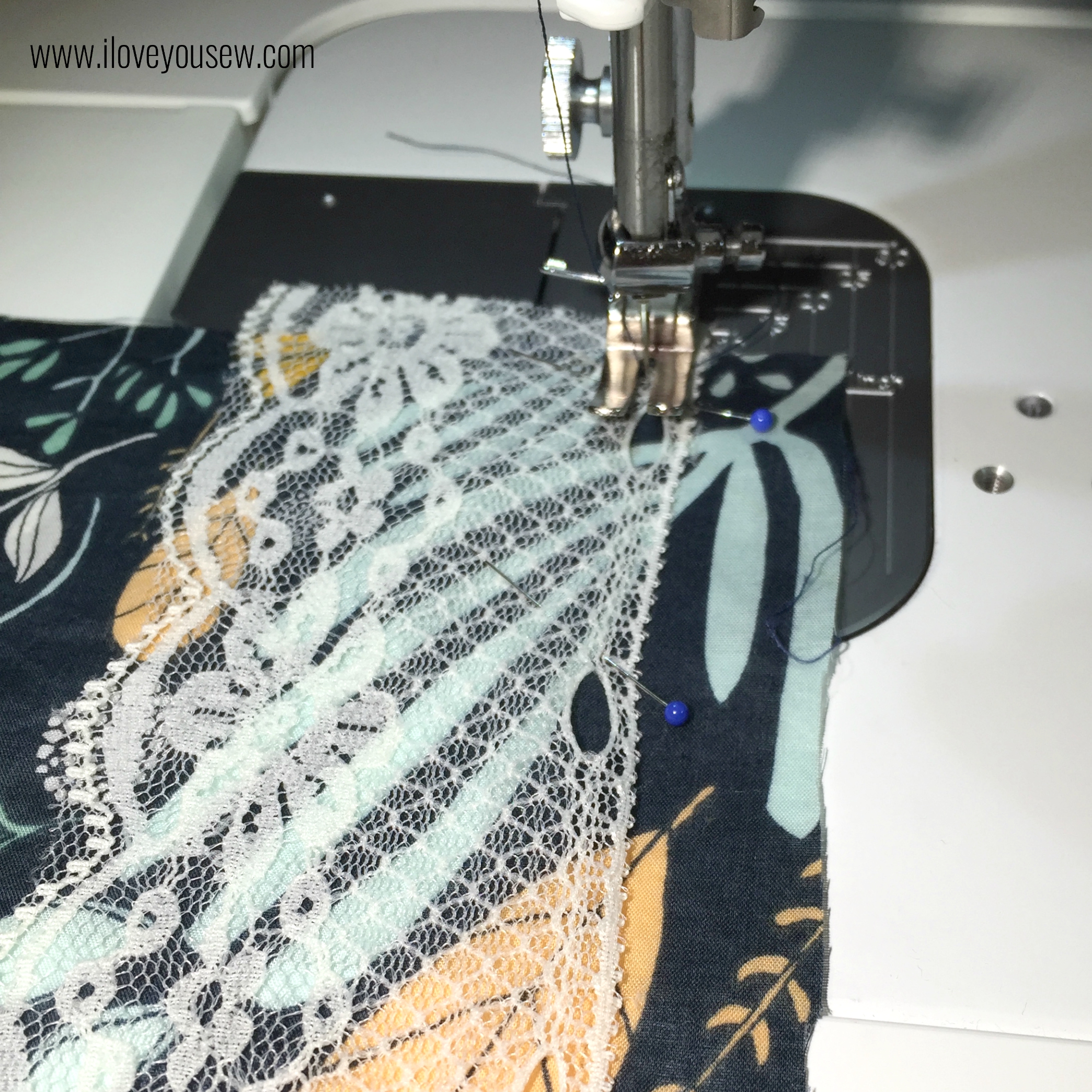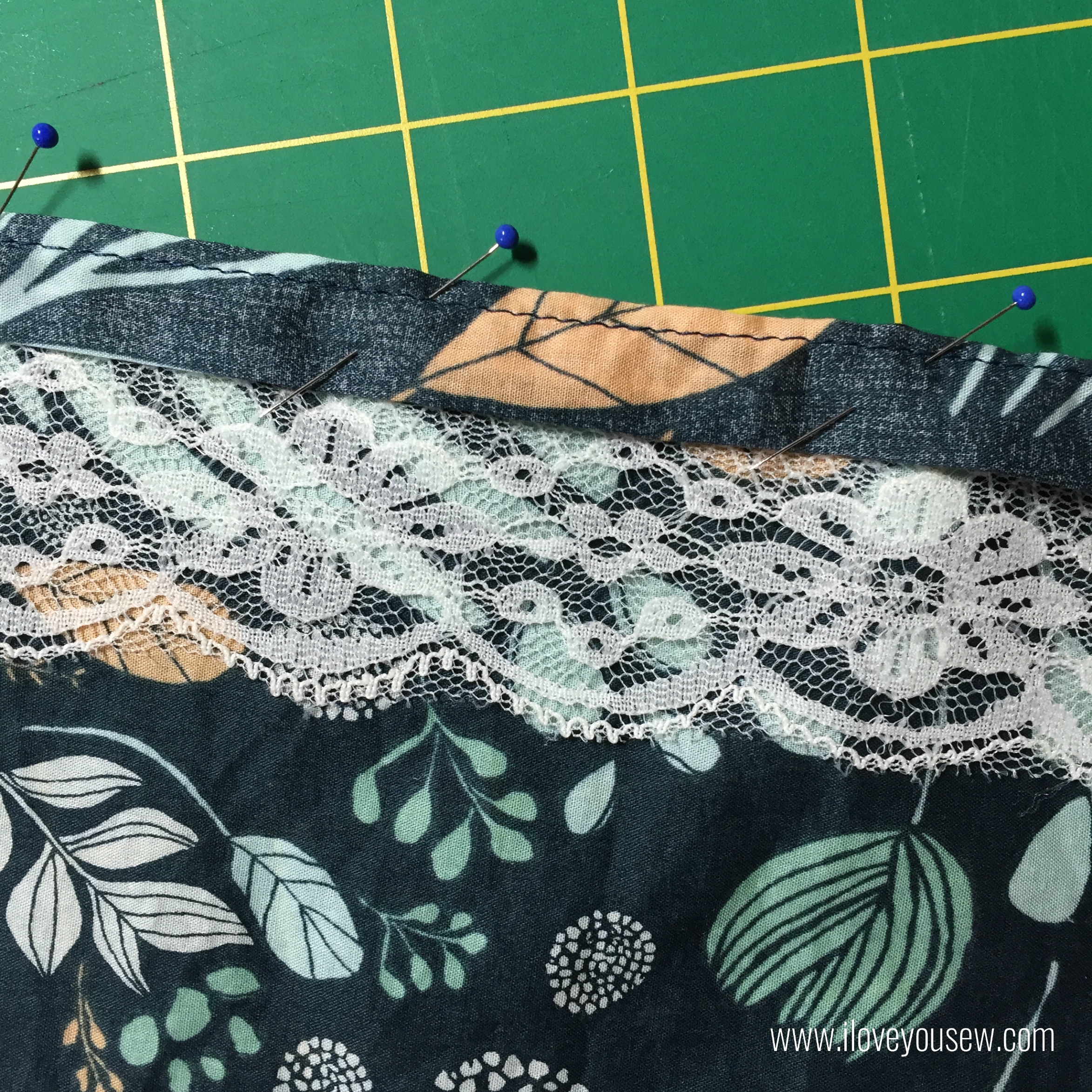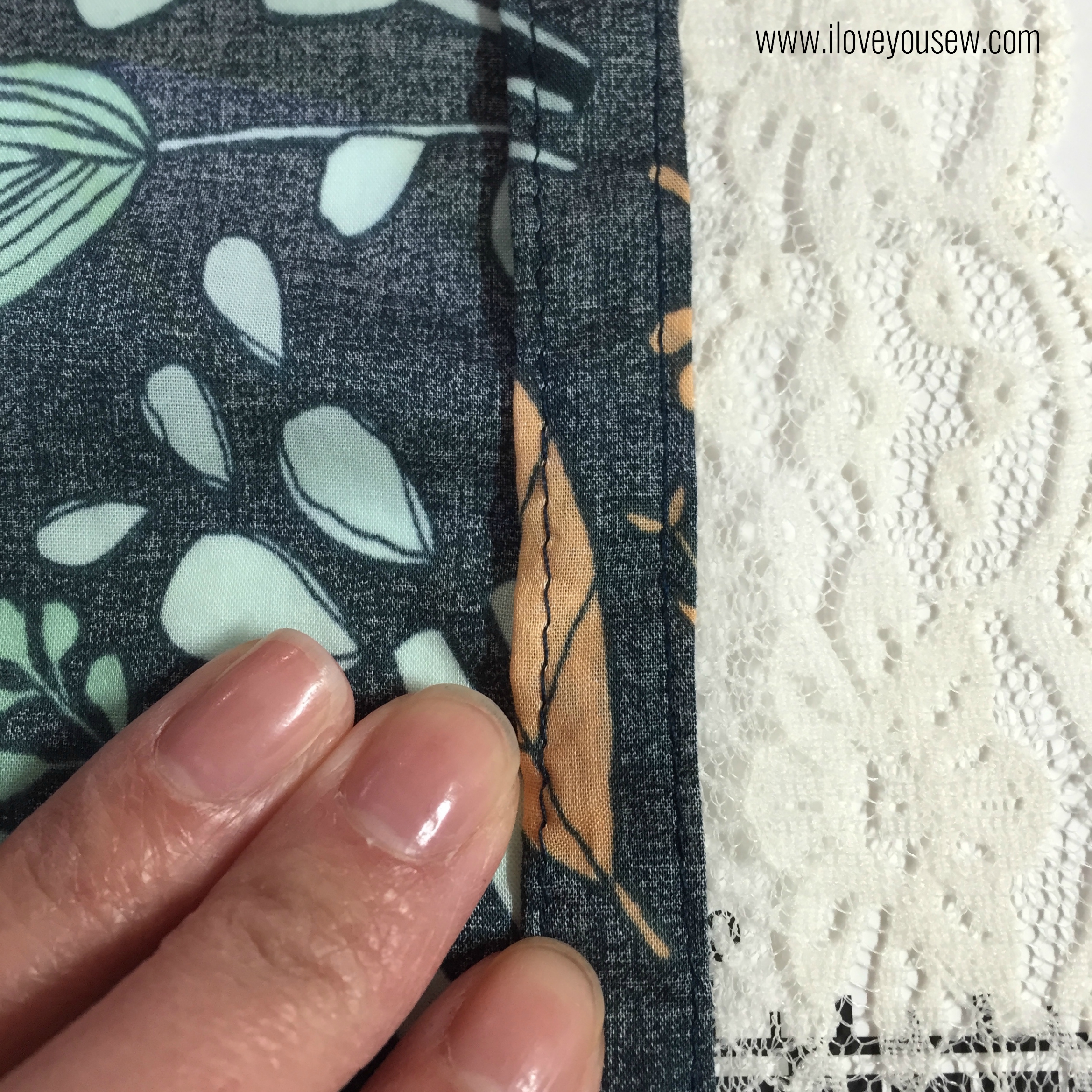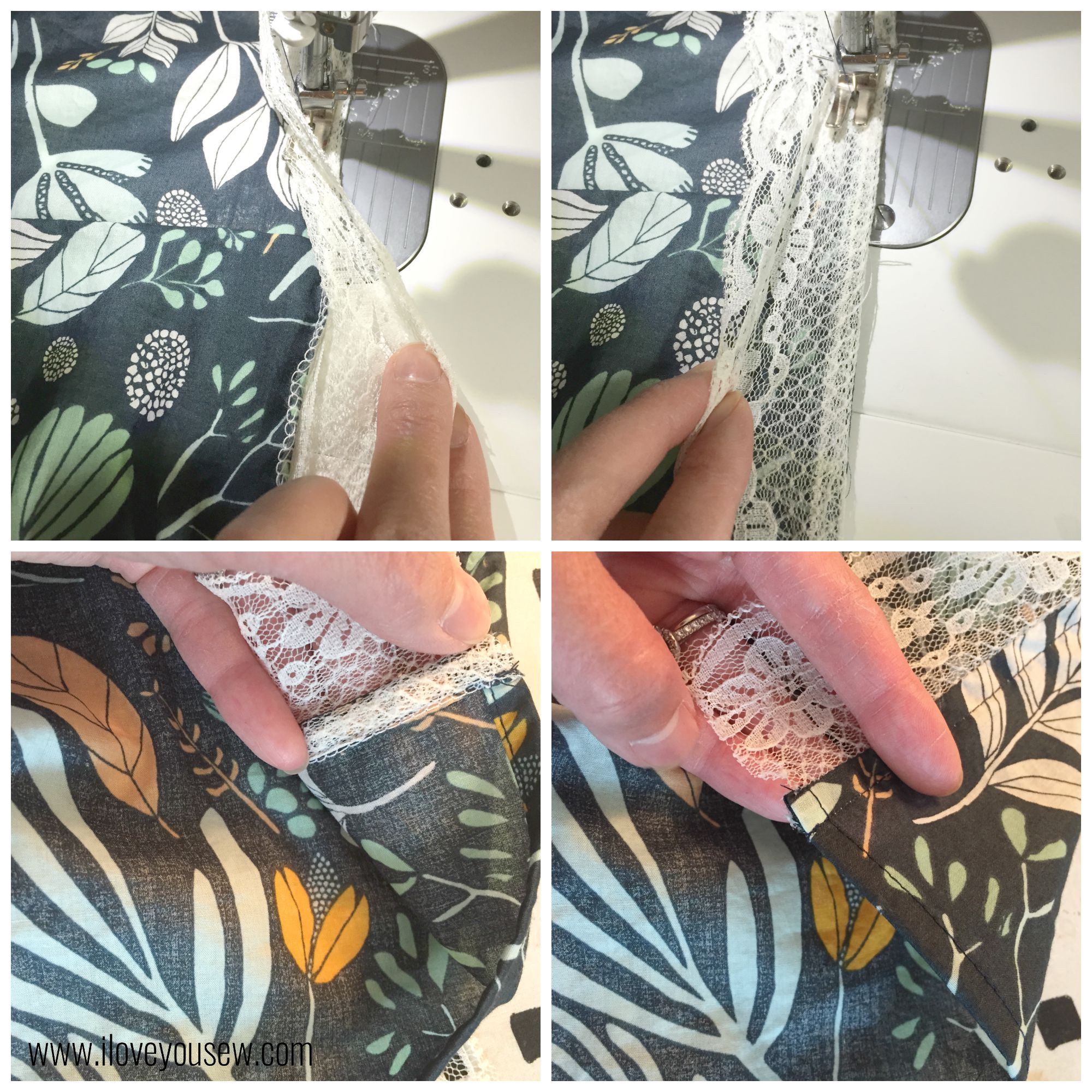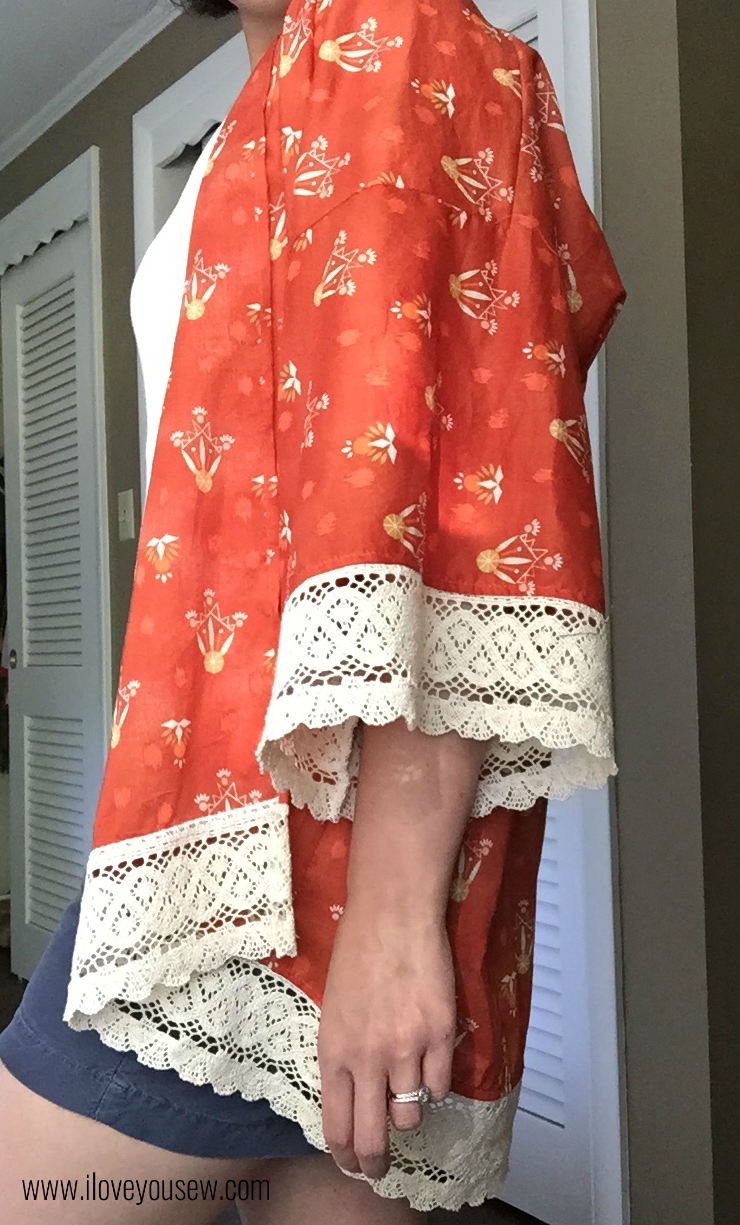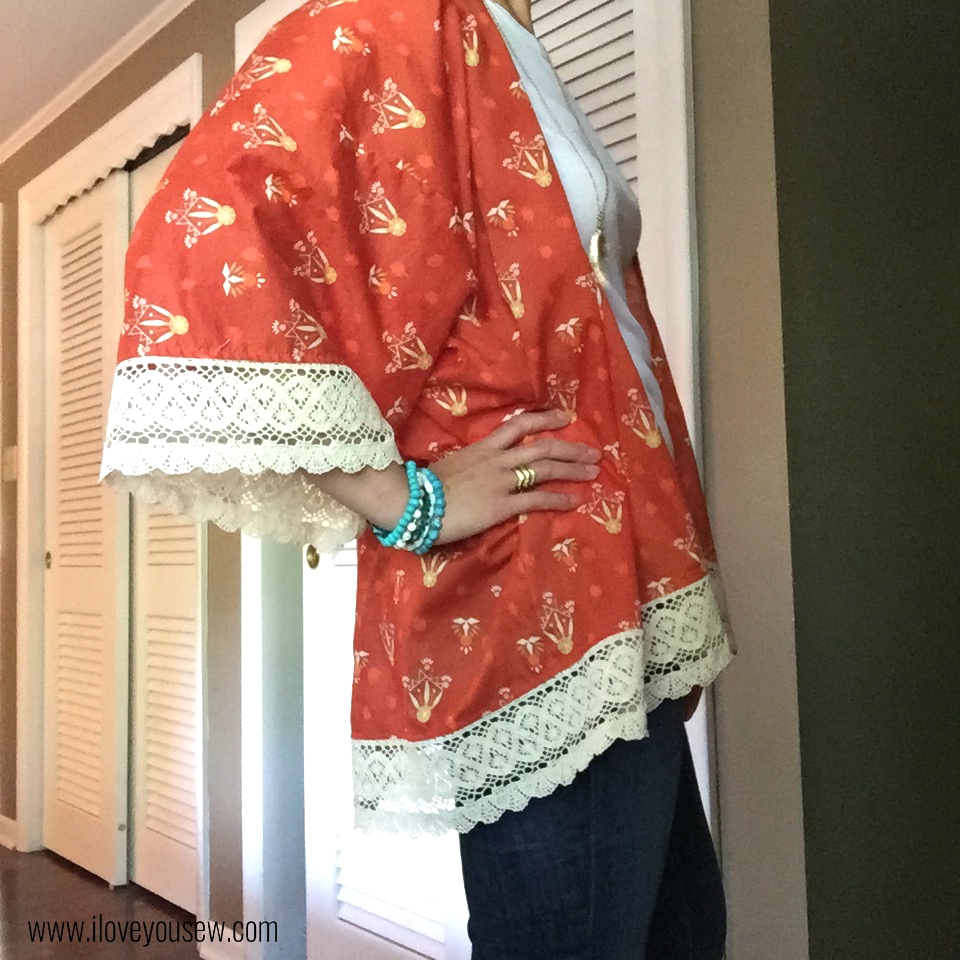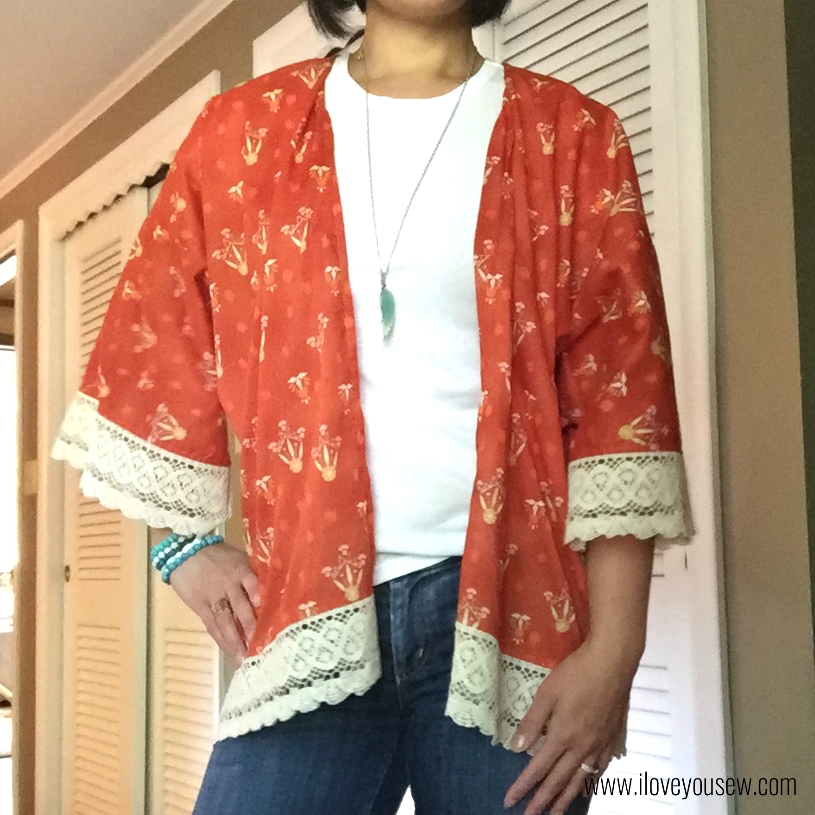With all of this great warm weather, I’ve been thinking about adding some new pieces to my wardrobe and skirts are definitely included. Coincidentally, it is also #MeMadeMay where you show off your handmade clothing on social media all throughout the month. So…I obviously needed to make one rather than buy one 😉
I’ve been casually looking over designs for a few months and wanted a clean silhouette without an elastic waistband. Although the thought of a zipper scared the bejesus out of me, I still selected Grainline Studio‘s Moss Skirt. The instructions and pictures are well done and I love how there are great resources on Grainline’s blog in case you get stuck (which of course, I did.) I also love the two variations with a short mini and knee-length options.
I chose this beautiful Robert Kaufman black denim for my skirt. It has a lightweight structure and has pretty classy look and feel. Who can knock the bonus slimming effects of black as well?
The body of the skirt came together pretty quickly. I used a combination of my Juki TL-2010Q to sew the straight seams and then finished with my Singer 150 Anniversary 14T948DS Serger. If you make a lot of garments, I highly recommend a serger to really make your seams look professional.
After I got the body and pockets complete, it was onto the zipper insert. Since this was my first one (ever!) I couldn’t wrap my head around the pattern’s instructions. Luckily, Grainline has a ton of supplemental resources under “Tutorials” to help.
After looking at the blog’s additional pictures and instructions (about 10 times,) I finally dove in and added the insert. Instead of basting, I used my favorite Sewline Glue Pen to keep the zipper and fly pieces all in place. I’m so proud of how this came out…who knew it actually pays off to take your time? 😛
I like fun little details like adding this metallic fabric inside the waistband. It is Remix by Ann Kelle for Robert Kaufman and really adds some flare. This button is extra special – It is from my mother-in-law’s stash which was passed to me when she moved to a retirement home. I wanted to make this skirt for Mother’s Day and it was really nice to have something from my MIL because we couldn’t spend the day together. I think it maybe from a coat because I have about 5 of these pretty gem-like buttons.
Before adding the waistband, I adjusted the waist measurement at the back yoke. (My backside is one size and my waist is another.) Next time, I’ll wait to serge the center-back seam until after I tailor it in…just for clean seam. What I completely forgot to do, was to slightly curve the yoke back down after the adjustment. You can see the slight fold in the yoke right below the waistband….that should be smooth.
The other change I made was to decrease my seam allowance to 3/8″ for the waistband to make it slightly wider. After kids, I enjoy a mid-rise and wider waistbands to keep “everything” in it’s place…hehe.
If you read other reviews, there is a mix of people who are able to use the waistband as written, and others who come up a little short. I’m still a newbie to garment construction and I fell into the latter group. Since I adjusted the back yoke, my waistband was only about 1″ too short. I added the extra length to line up with the fly shield and you would never know there was an issue. Fortunately, I did not cut my interior waistband facing yet and could adjust to match.
The pockets on this skirt are great. Since I’m a bit more curvy, ready-to-wear pockets tend to poke out and it looks like little wings are flapping out of my hips. I would have to sew them shut to look somewhat normal, but then have to sacrifice functionality. These pockets hug to the body and I’m so glad I can actually use them!
I opted for View B of the Moss Skirt to wear this out to slightly more conservative places, but changed the band to hang only 2 1/4″ down since I’m a shortie (5’3″.) There are definite plans for some more casual versions with View A for the summer. Let’s hope I have the time to get them complete before autumn hits!
I really love the clean look of this skirt. Since I used denim, I debated top-stitching all of the pieces like a pair of jeans, but I’m glad I held back. This skirt looks really polished as-is and I highly recommend this pattern if that’s the look you want.
Has anyone made this pattern yet? What is your favorite skirt pattern?
Happy Stitching,
Cristy
